CAD/CAM Dental Materials: Trends and Innovations for 2025
2025-11-05
2025-04-09
In the ever-evolving field of dentistry, having a comprehensive understanding of various dental materials is crucial for providing optimal patient care. From restorative solutions to preventive treatments, the choice of materials can significantly influence the longevity of dental work and the comfort of patients. Here, we will explore ten essential dental materials that every dentist should be well-acquainted with.
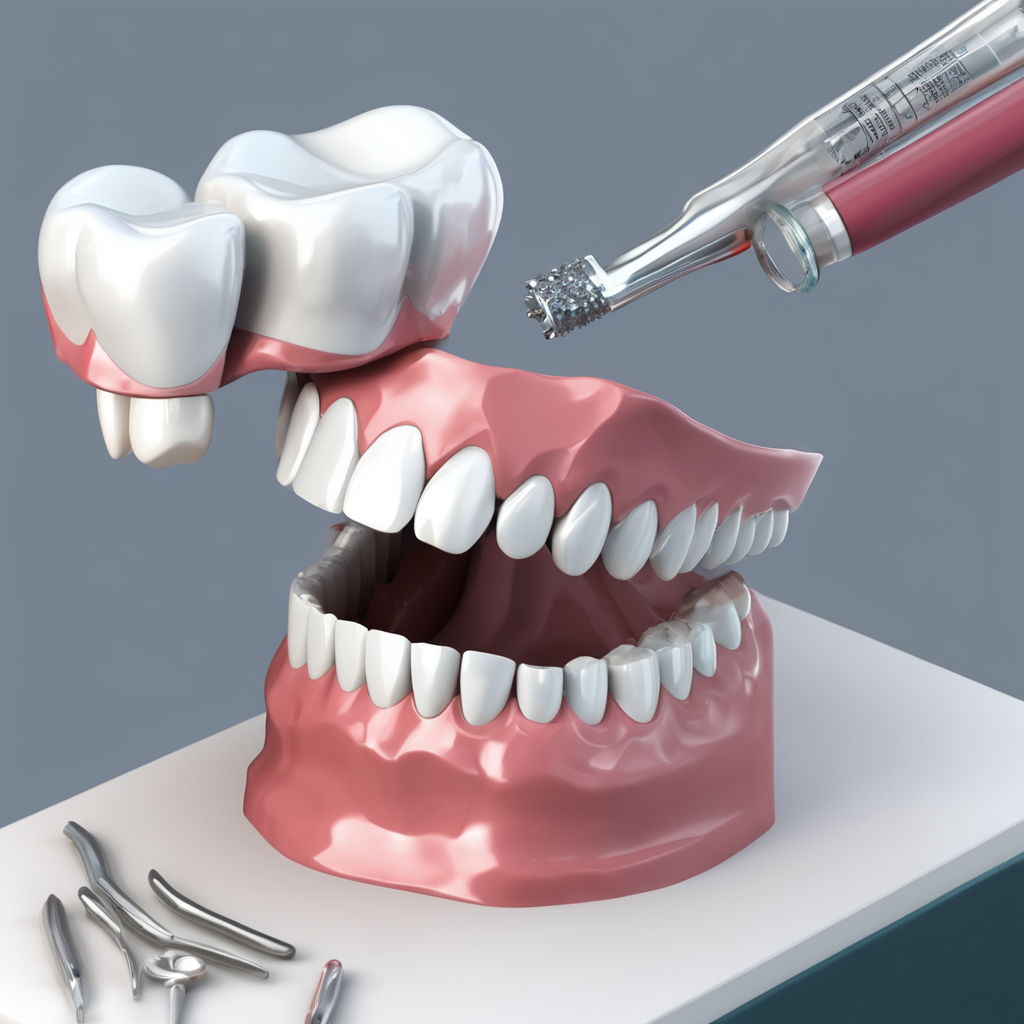
Composite resins are a popular choice for aesthetic restorations, particularly in anterior teeth. These materials consist of a hybrid of glass or ceramic particles and a resin, which allows for the mimicking of natural tooth color. Their bonding capabilities make them ideal for fillings and veneers.
Despite the rise of tooth-colored materials, dental amalgam remains a reliable option for posterior restorations due to its durability and resistance to wear. Composed of a mixture of metals, including silver, mercury, tin, and copper, amalgam has been used for over a century and is known for its longevity and cost-effectiveness.
Ceramic materials, including porcelain, are widely used for crowns, bridges, and veneers. Their natural appearance and high biocompatibility make them an excellent choice for restorations that require both strength and aesthetics. Additionally, advancements in ceramic technology have led to the development of less brittle varieties that can withstand masticatory forces.
Glass ionomer cements are unique materials that bond chemically to the tooth structure. They release fluoride, which can help remineralize adjacent enamel and protect against caries. This makes glass ionomer cements ideal for pediatric dentistry and as a restorative material in areas of high caries risk.
Zirconia is a type of ceramic material known for its exceptional strength and durability. It is increasingly used for crowns and implant abutments, as it can withstand significant forces without fracturing. Moreover, zirconia can be esthetically pleasing when layered with porcelain, making it suitable for both posterior and anterior restorations.
Temporary materials are essential for providing short-term solutions while waiting for permanent restorations. These materials, such as temporary crowns and fillings, are designed for easy application and removal, ensuring patient comfort and protection of the tooth.
Etching systems are vital for improving the bond between dental materials and tooth structure. Self-etch systems simplify the bonding process and reduce procedure time, while total-etch systems provide a stronger bond by removing the smear layer. Understanding both techniques allows dentists to choose the best method for each specific case.
Accurate impressions are fundamental in creating precise restorations. Various impression materials, including alginate, polyether, and polyvinyl siloxane, serve unique purposes. Dentists must familiarize themselves with these materials to capture the most accurate reproductions of the oral cavity.
Dental cements are used for luting crowns, bridges, and other restorations. Different types of cements exist, including resin-based, glass ionomer, and zinc phosphate cements, each with its specific properties and indications. Choosing the appropriate cement is crucial for ensuring the longevity and stability of restorations.
With advancements in regenerative dentistry, various biomaterials such as collagen-based scaffolds and stem cell therapies are emerging. These materials aid in tissue regeneration and repair, offering new possibilities for treating periodontal diseases and other dental conditions.
Understanding these ten essential dental materials equips dentists with the knowledge needed to make informed decisions regarding patient care and treatment planning. As the field of dentistry continues to evolve, staying updated on materials and their applications will enhance the quality of care provided to patients. Emphasizing continuous education and hands-on experience will ensure that dental professionals remain at the forefront of this dynamic field.

Dry & wet milling for zirconia, PMMA, wax with auto tool changer.
learn more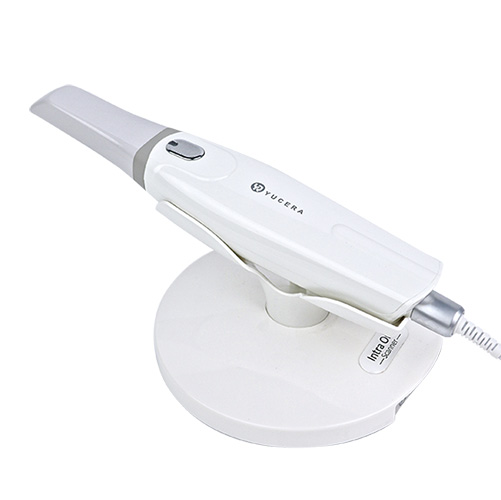
High-precision 3D scanning, AI calibration, full-arch accuracy.
learn more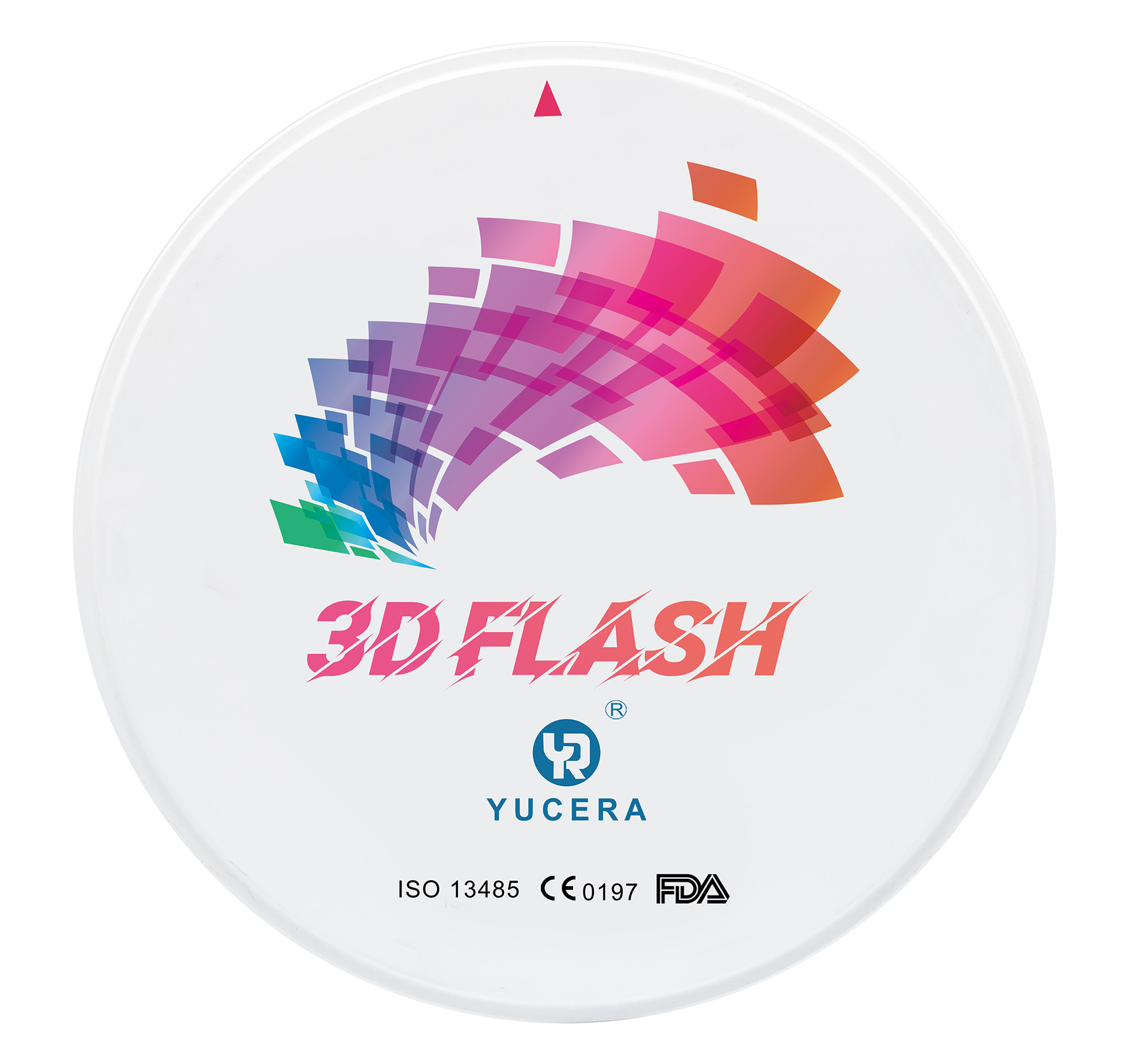
40-min full sintering with 57% incisal translucency and 1050 MPa strength.
learn more
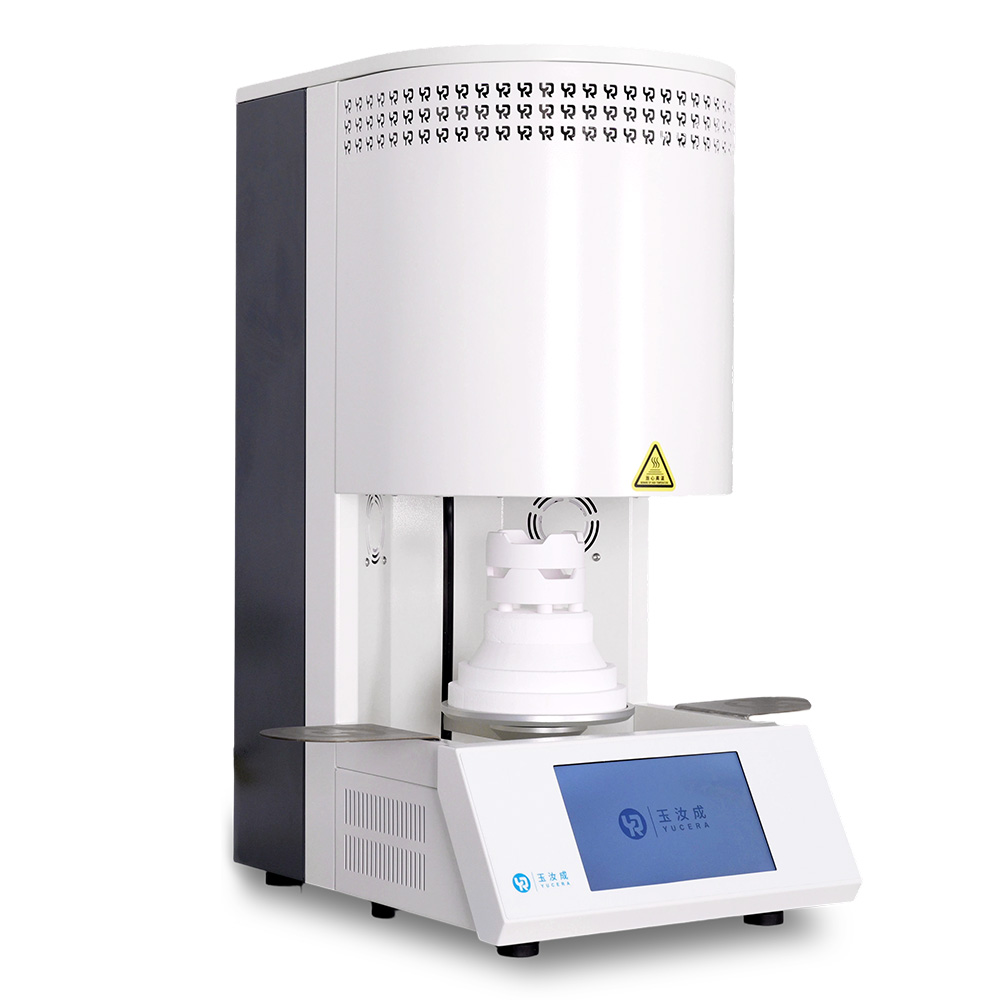
40-min cycle for 60 crowns, dual-layer crucible and 200°C/min heating.
learn more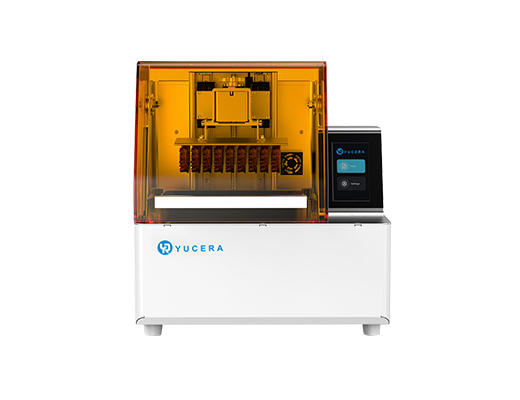
High-speed LCD printer for guides, temporaries, models with 8K resolution.
learn more